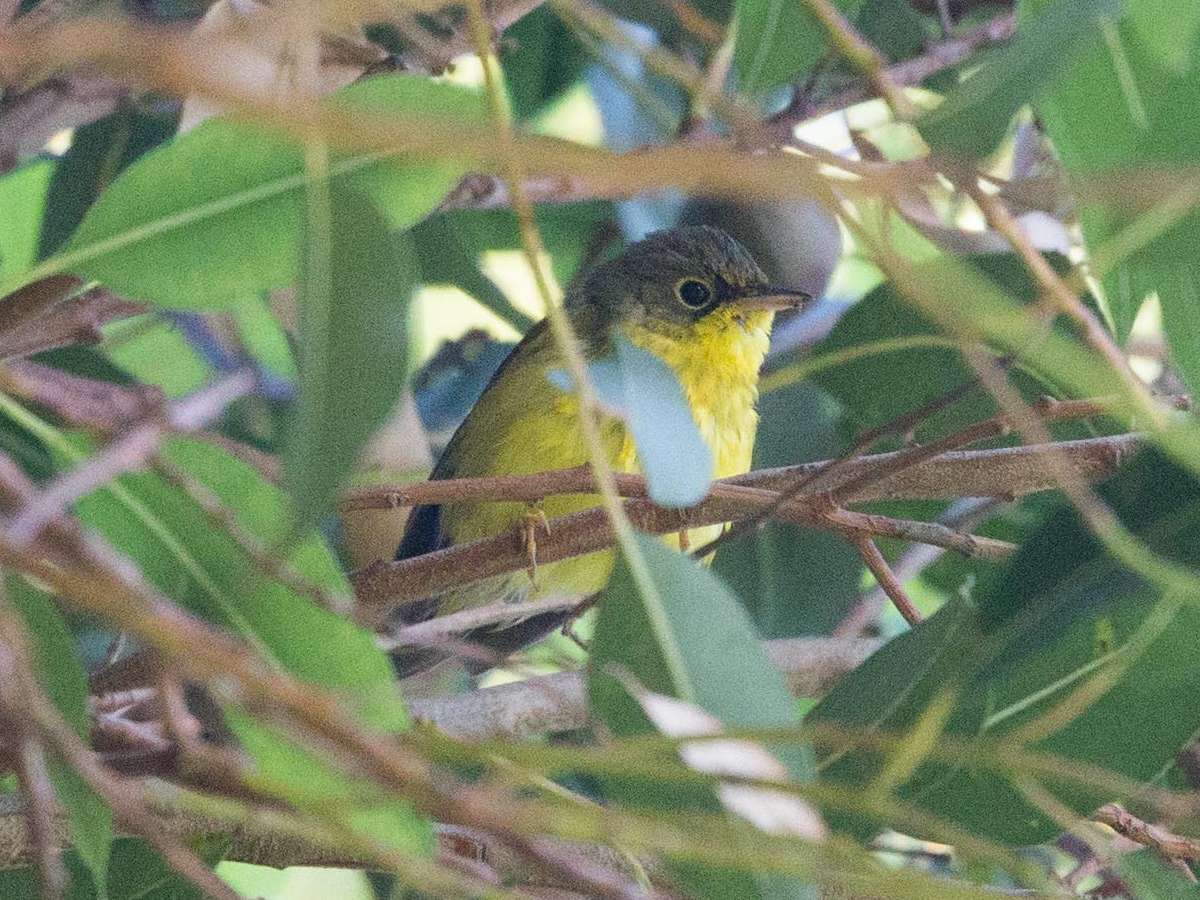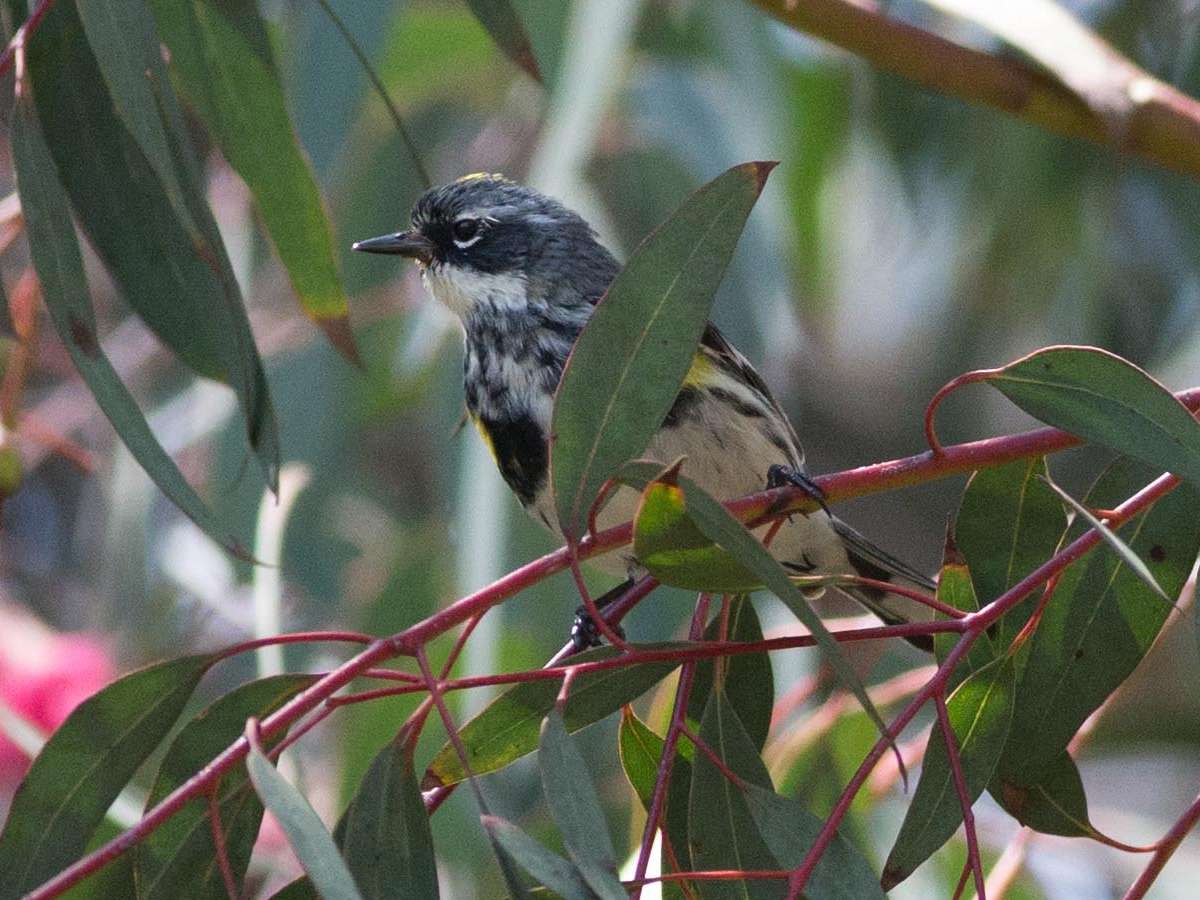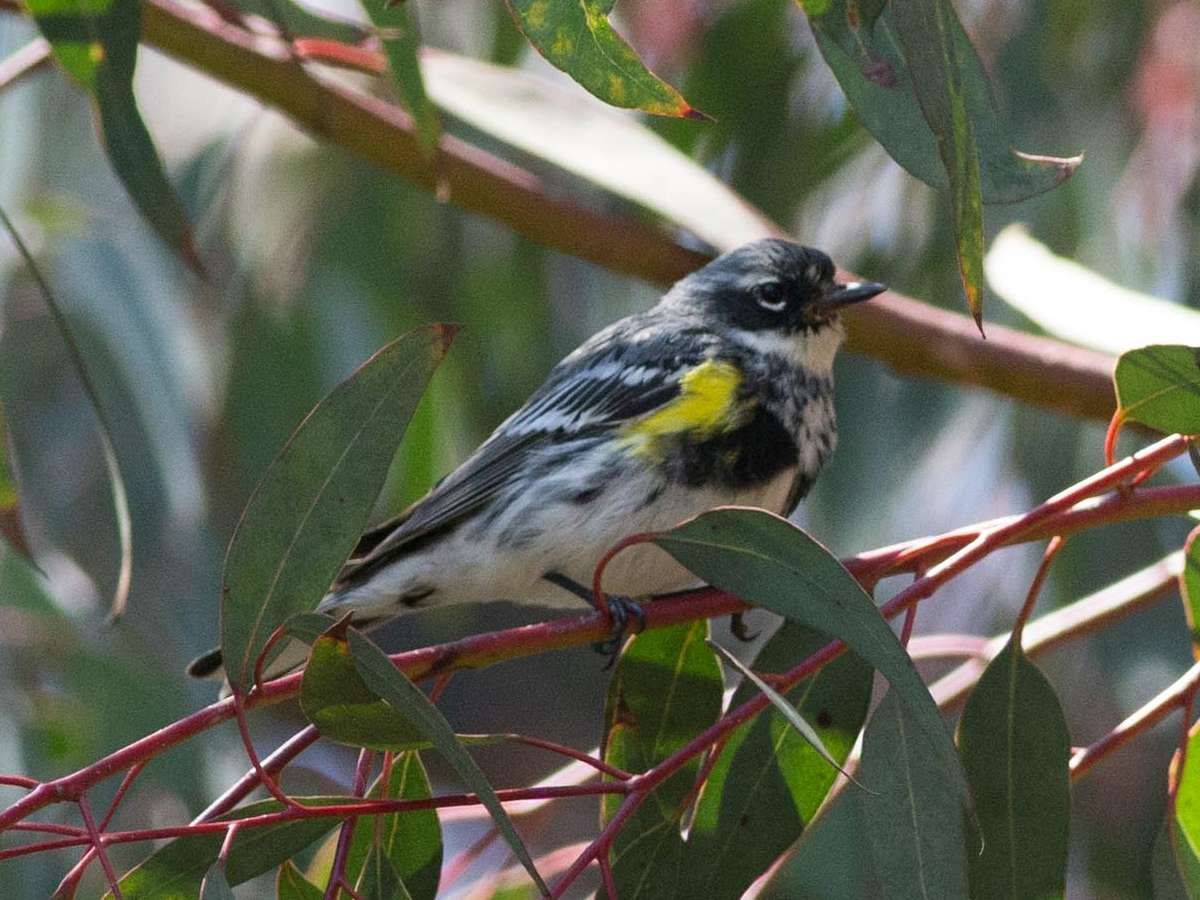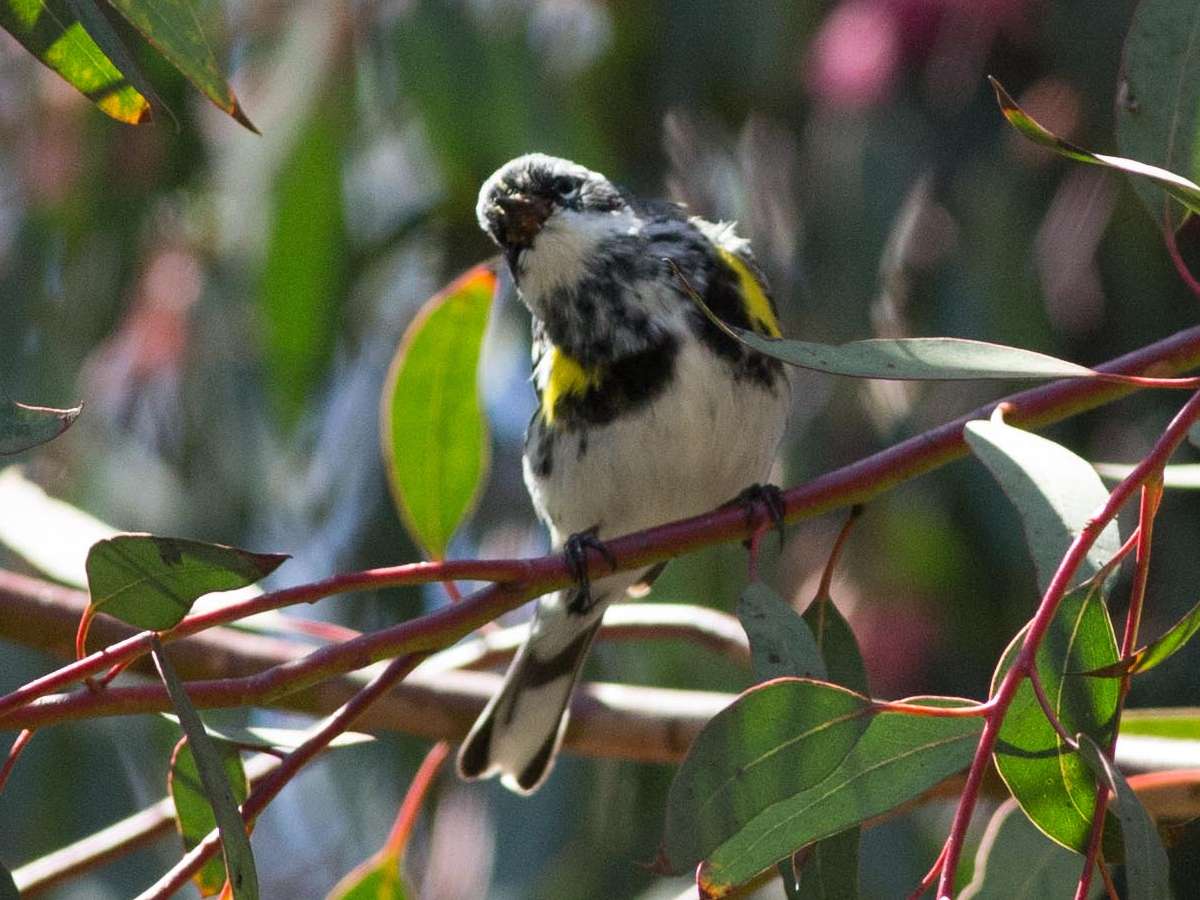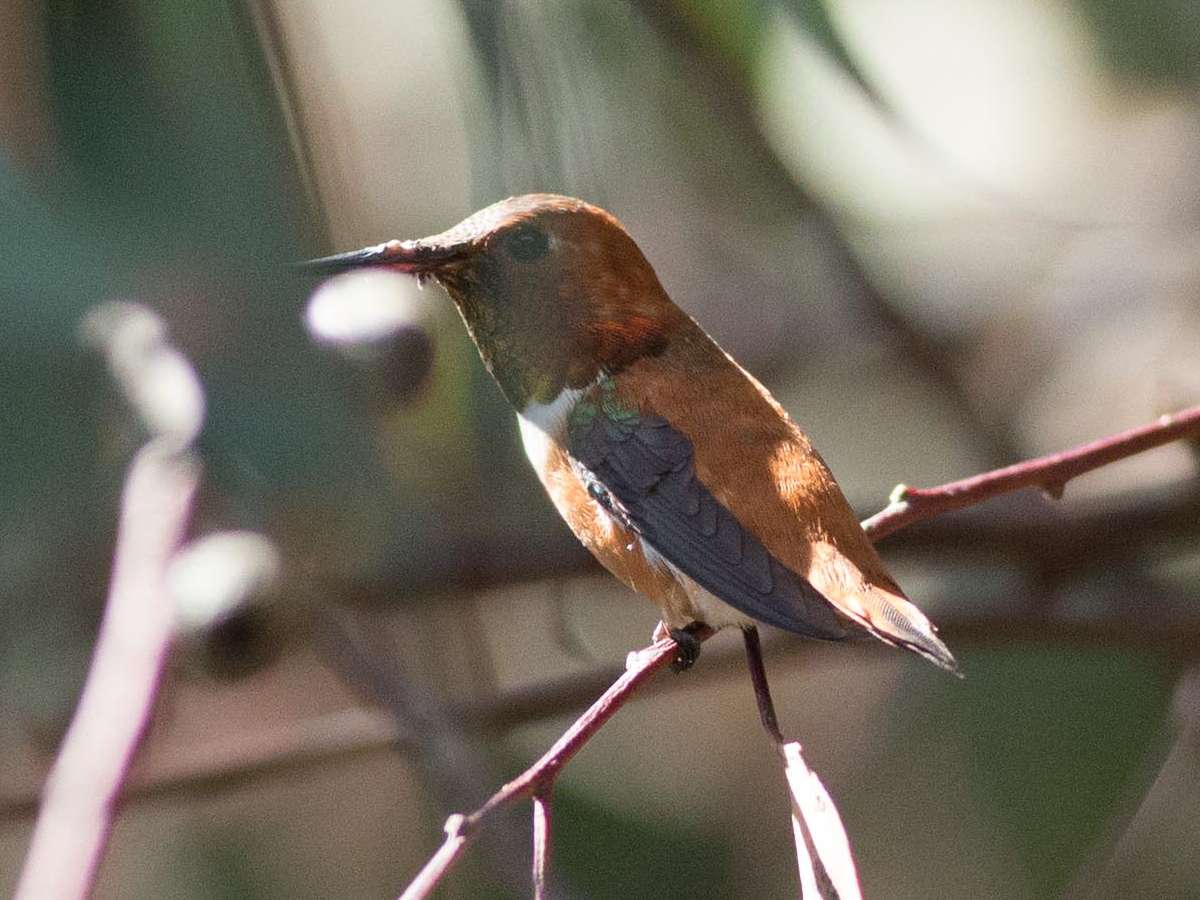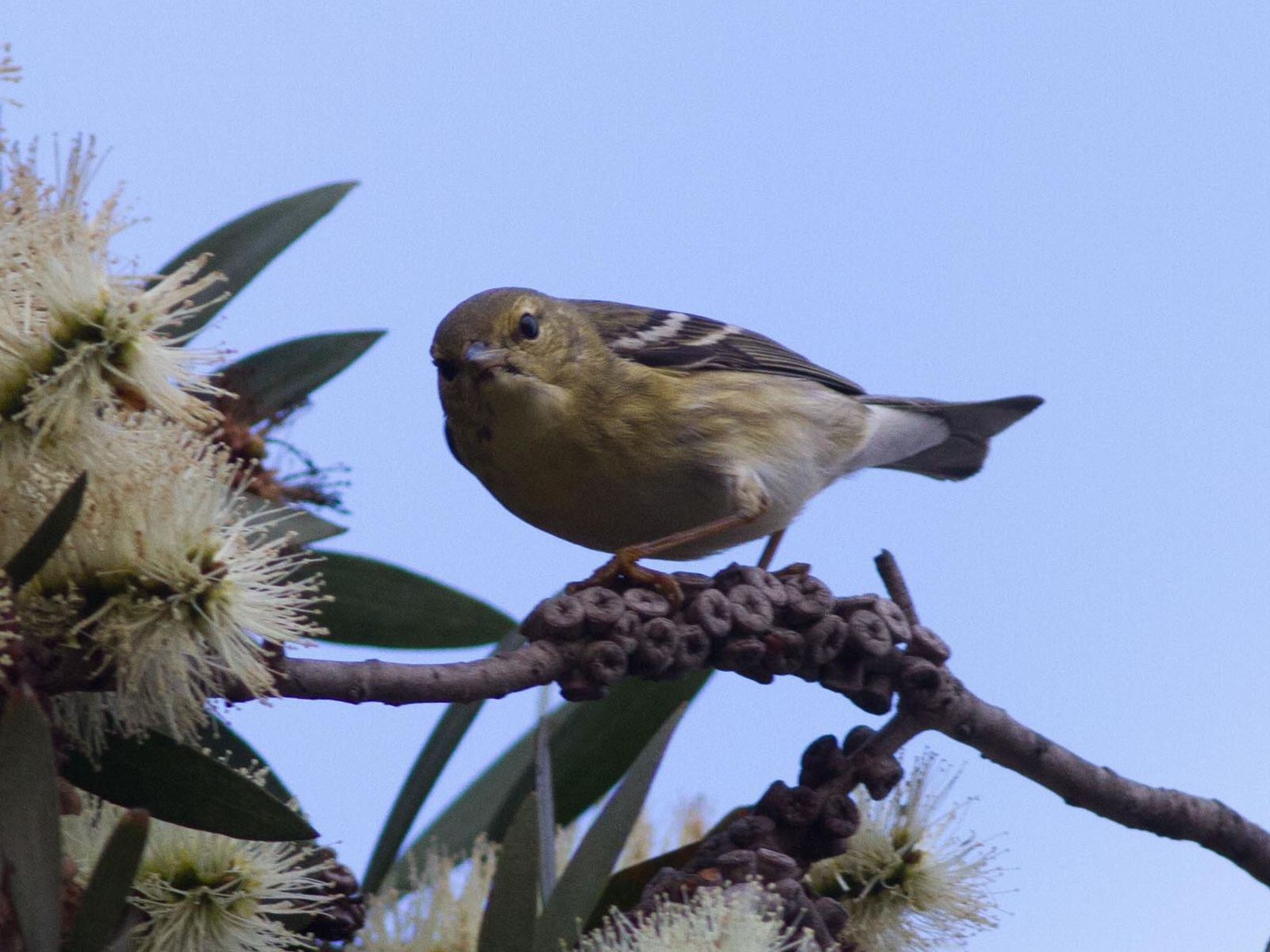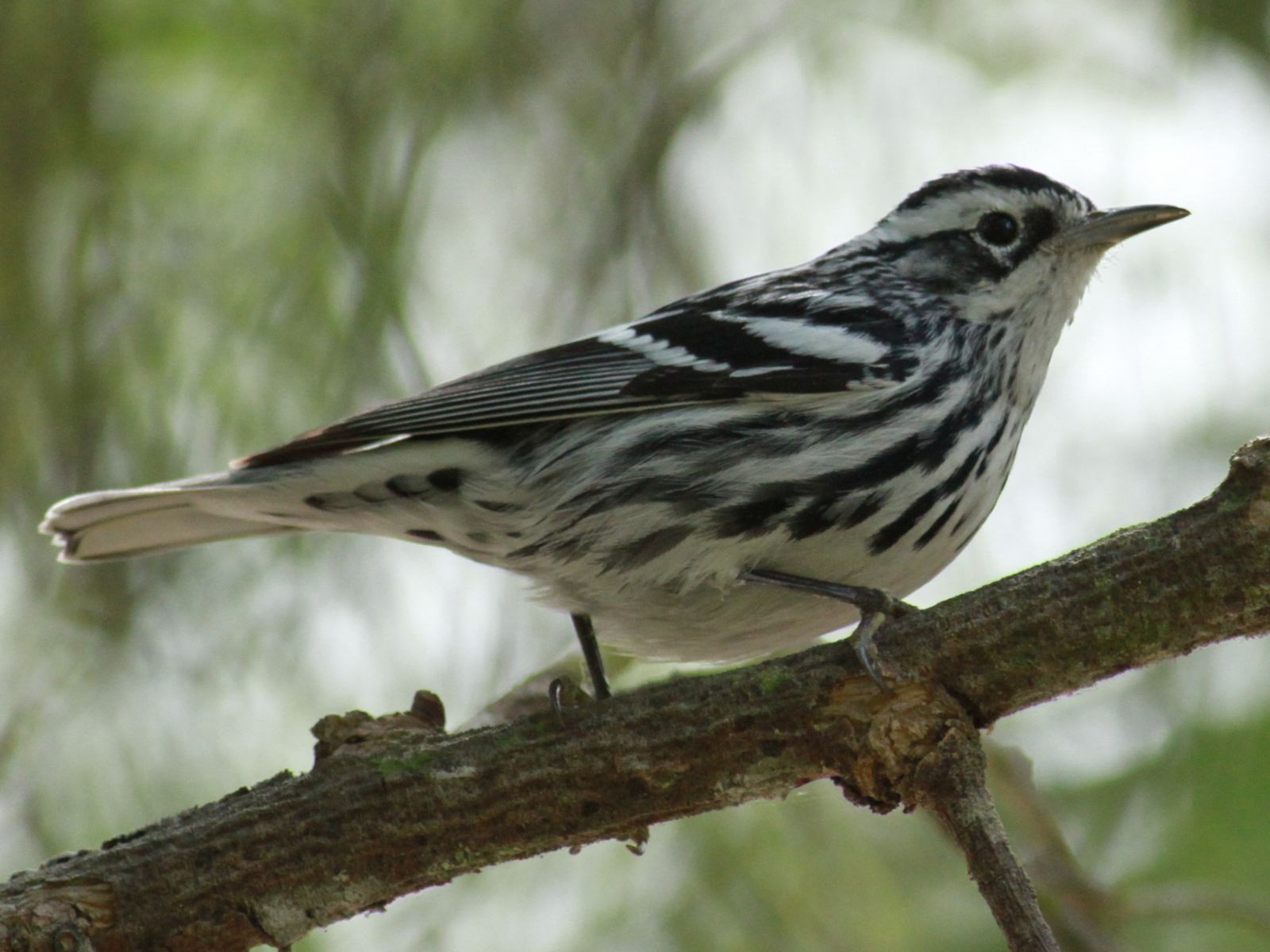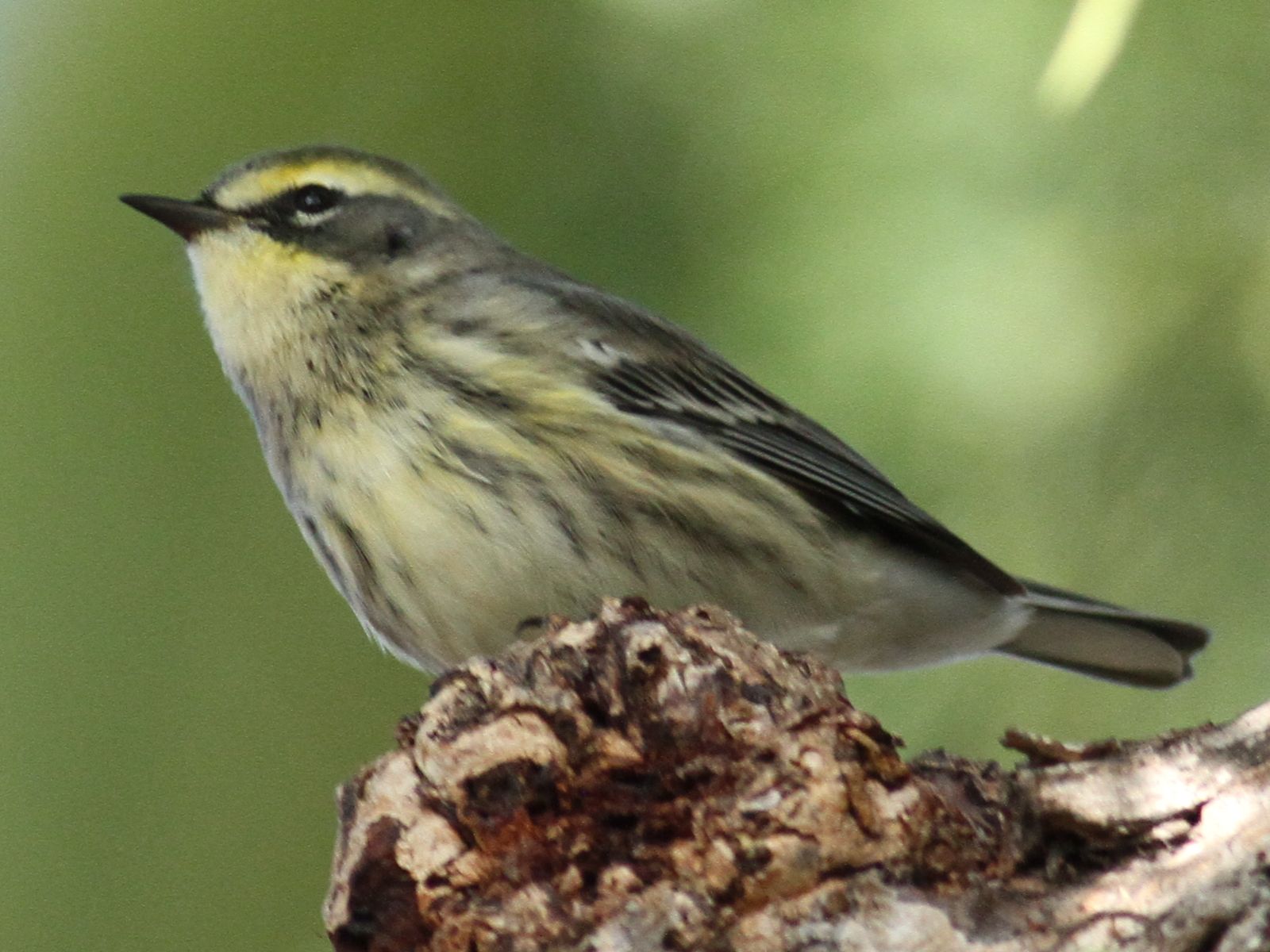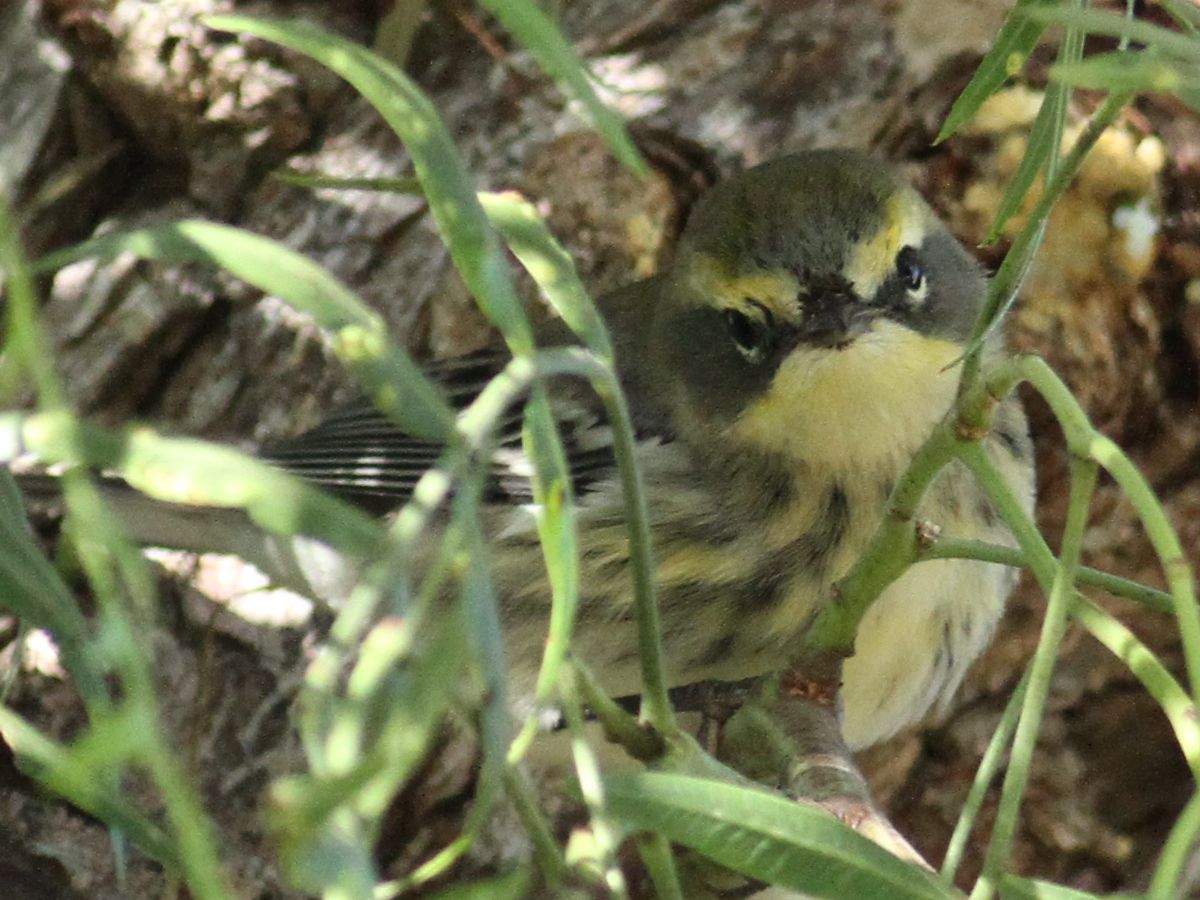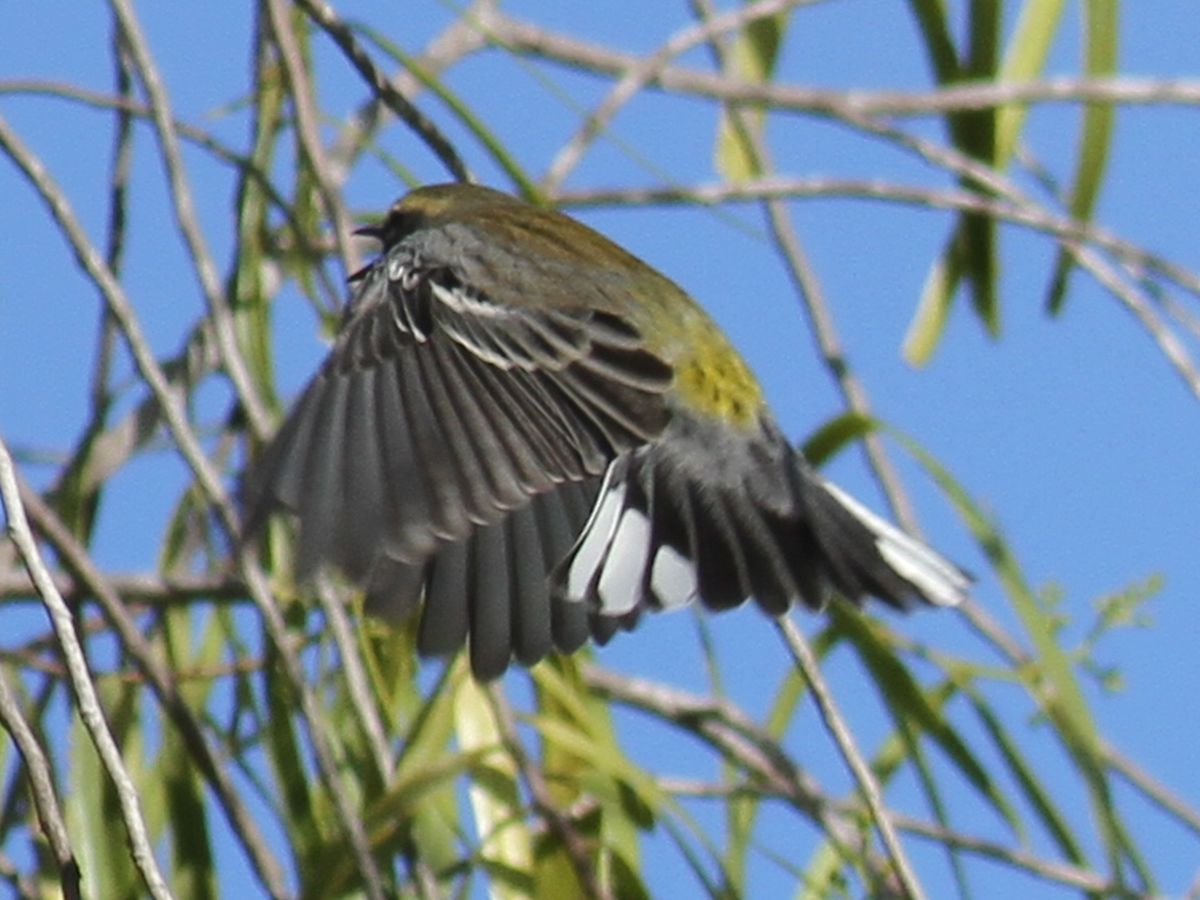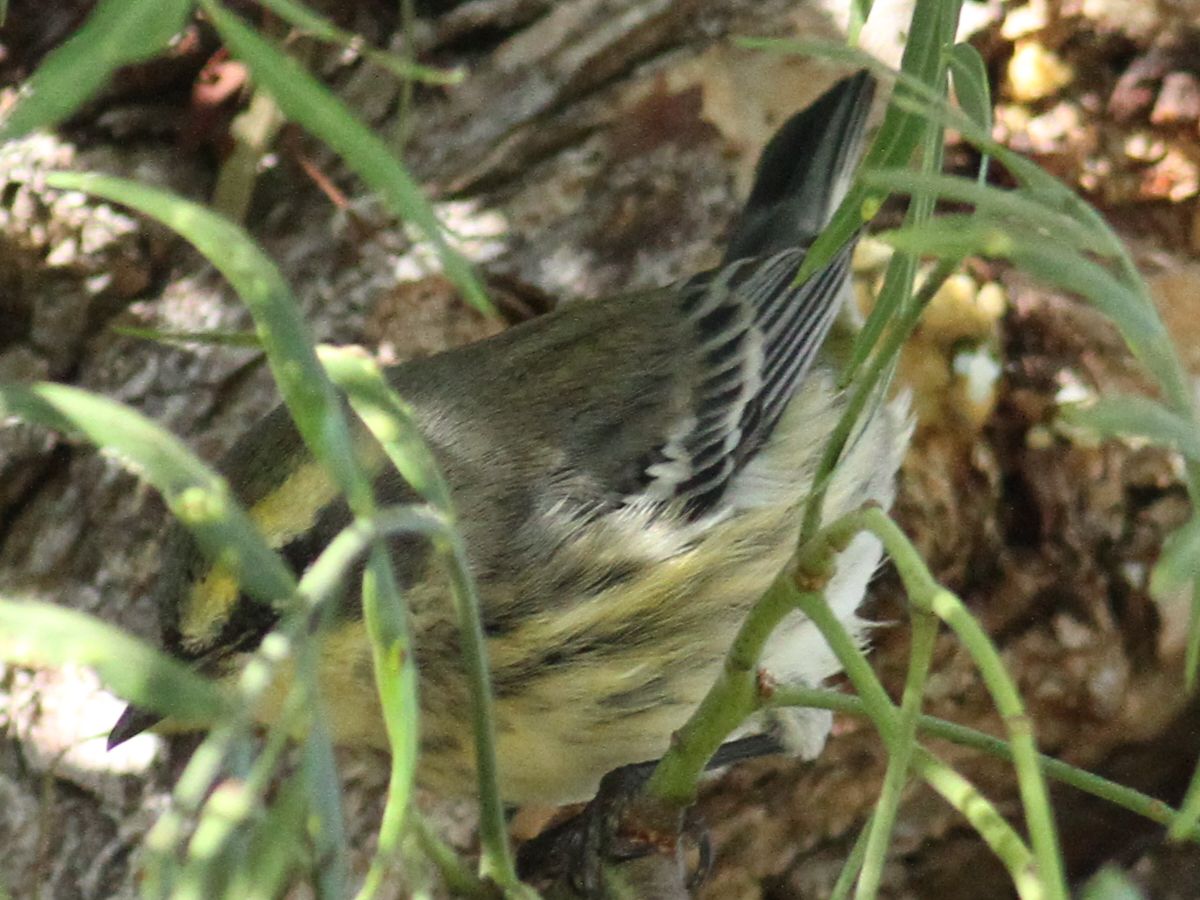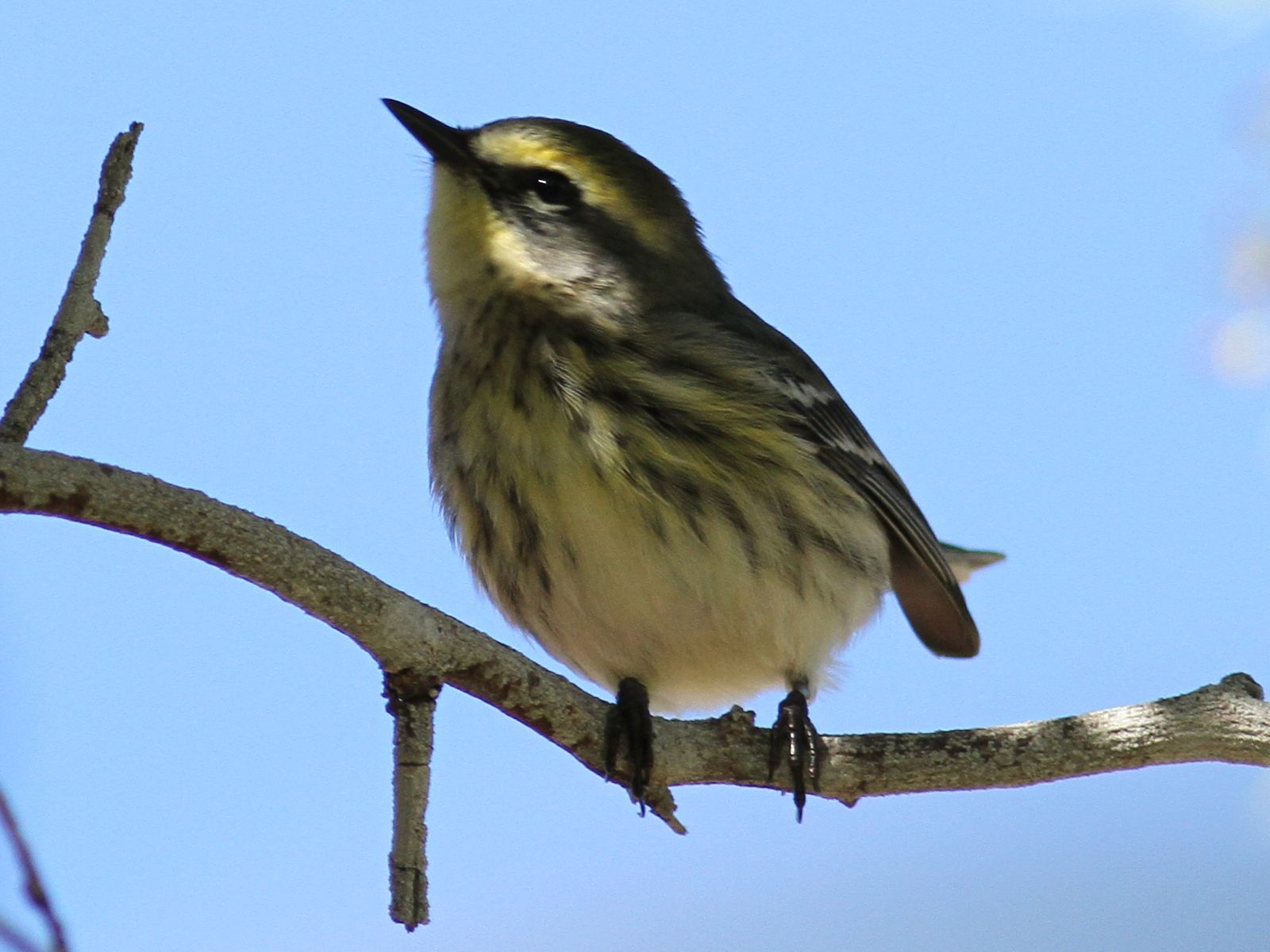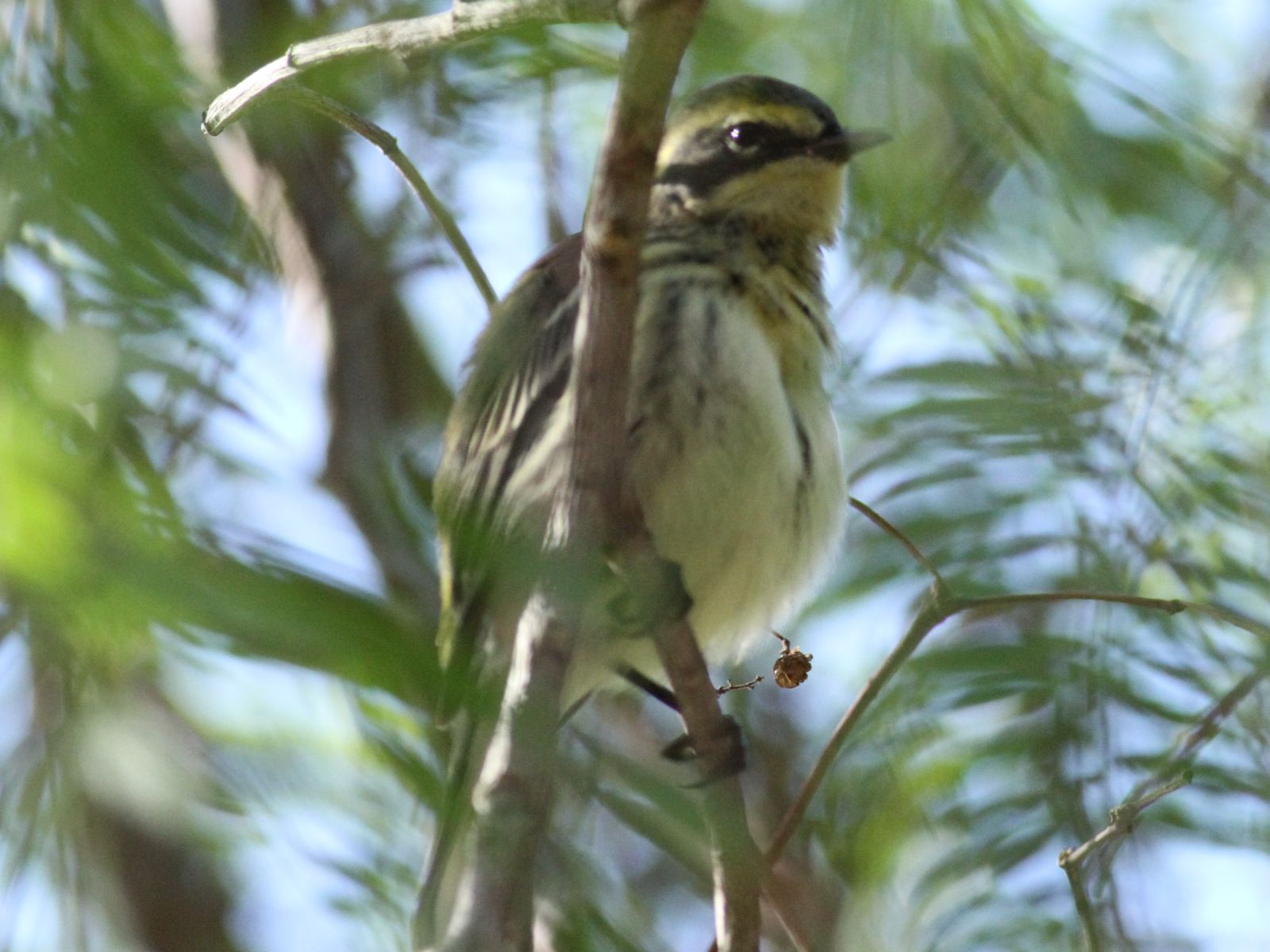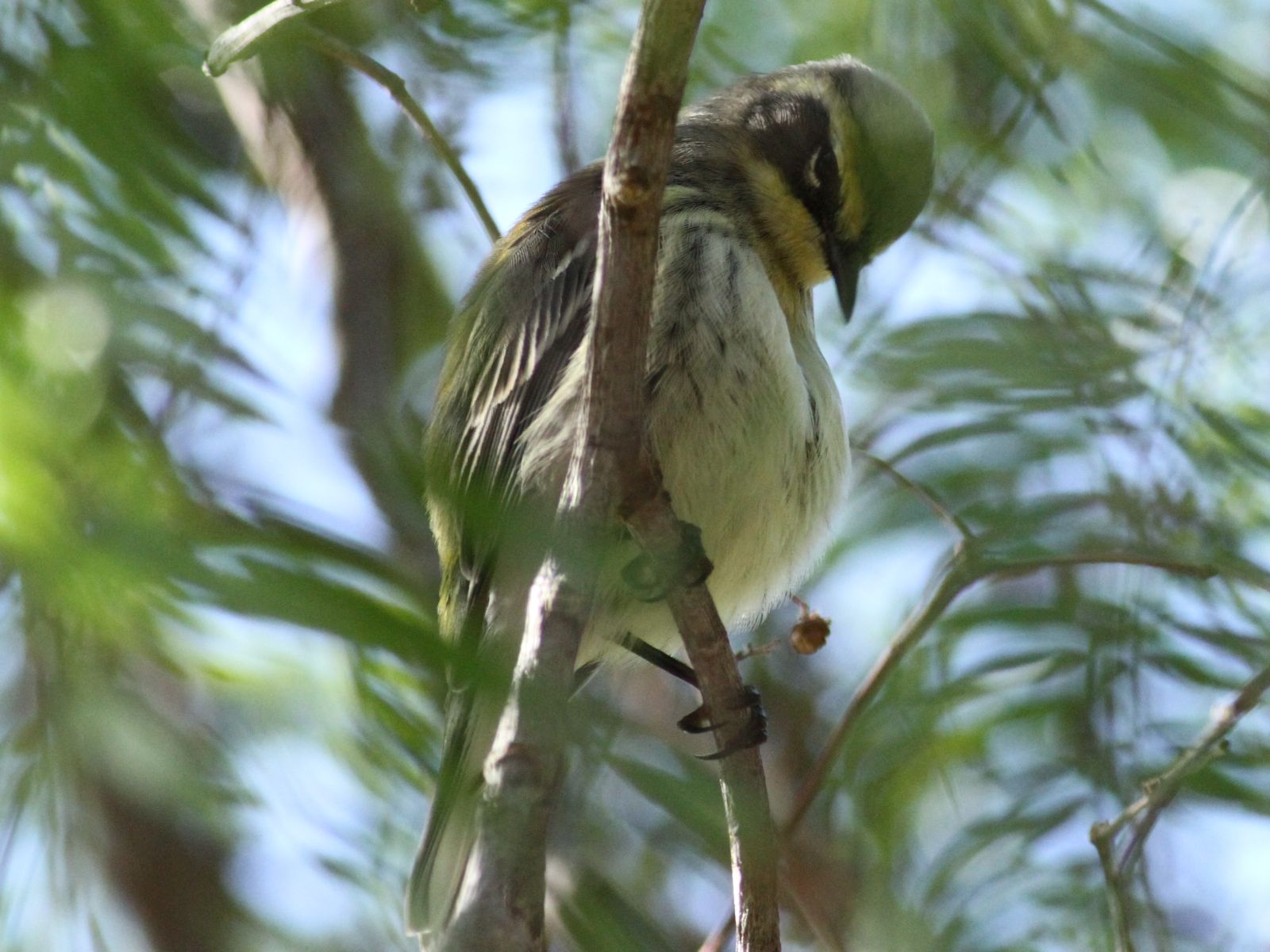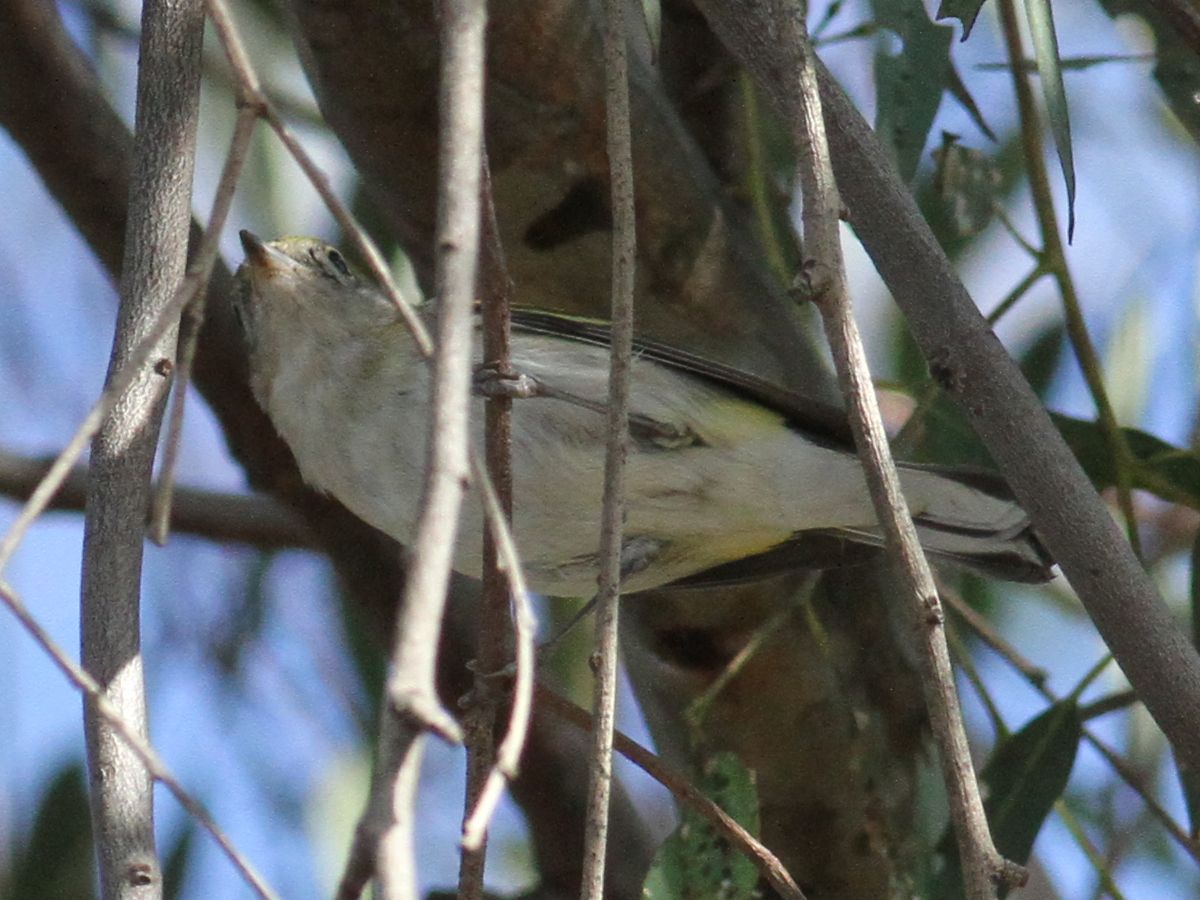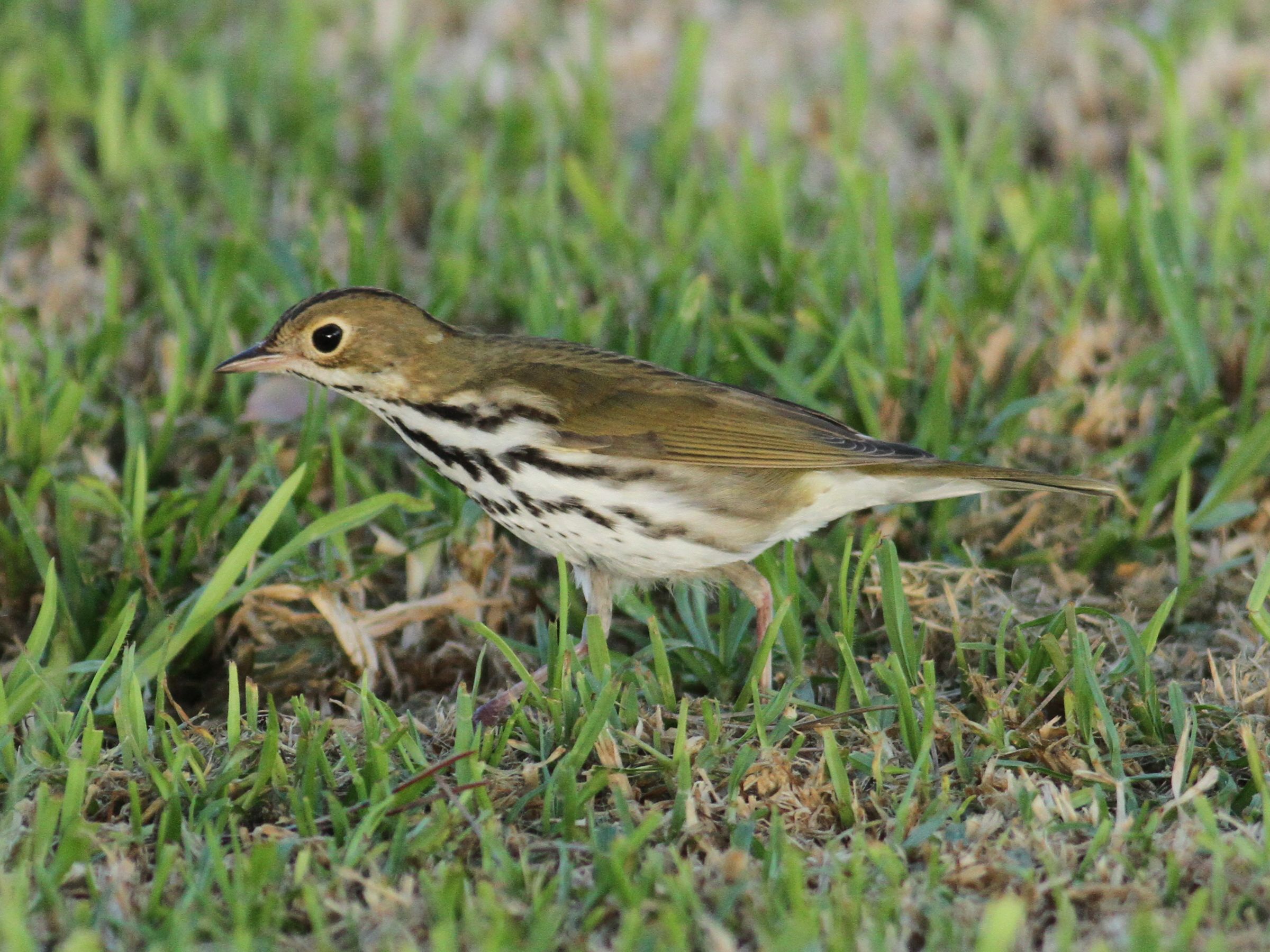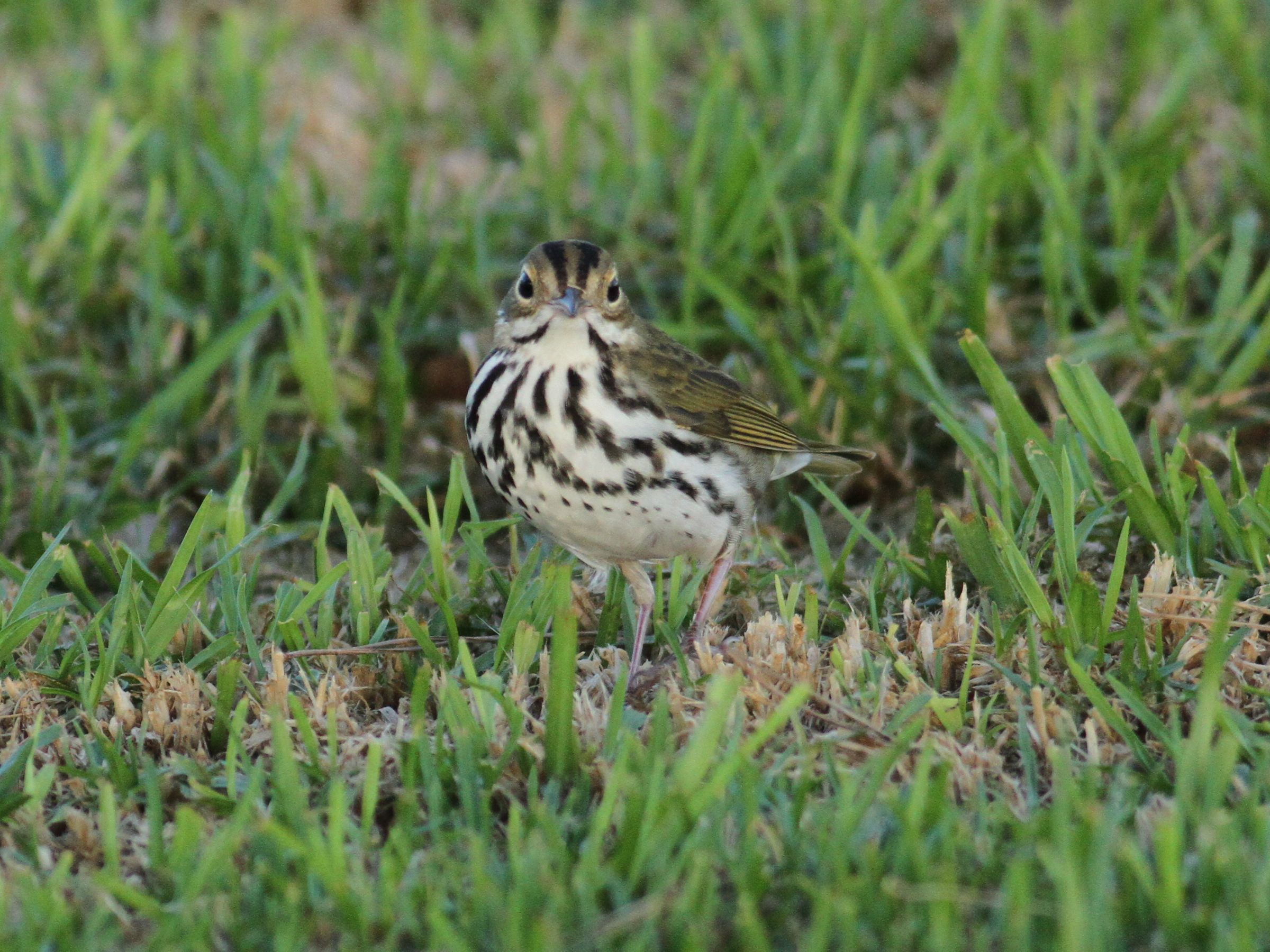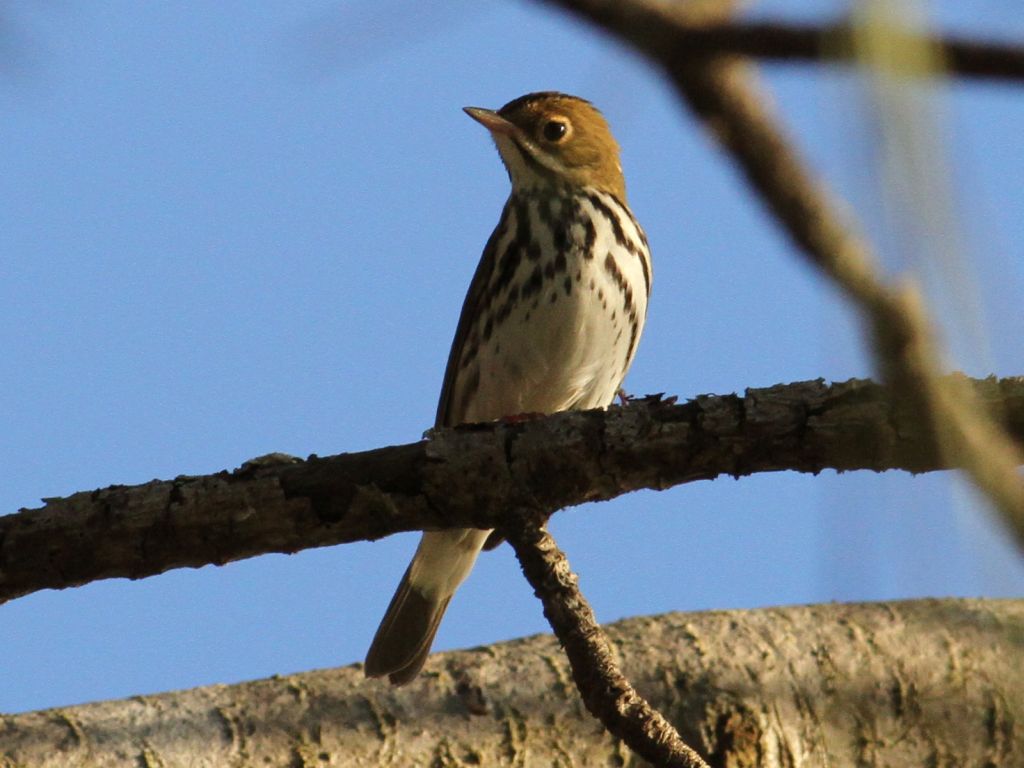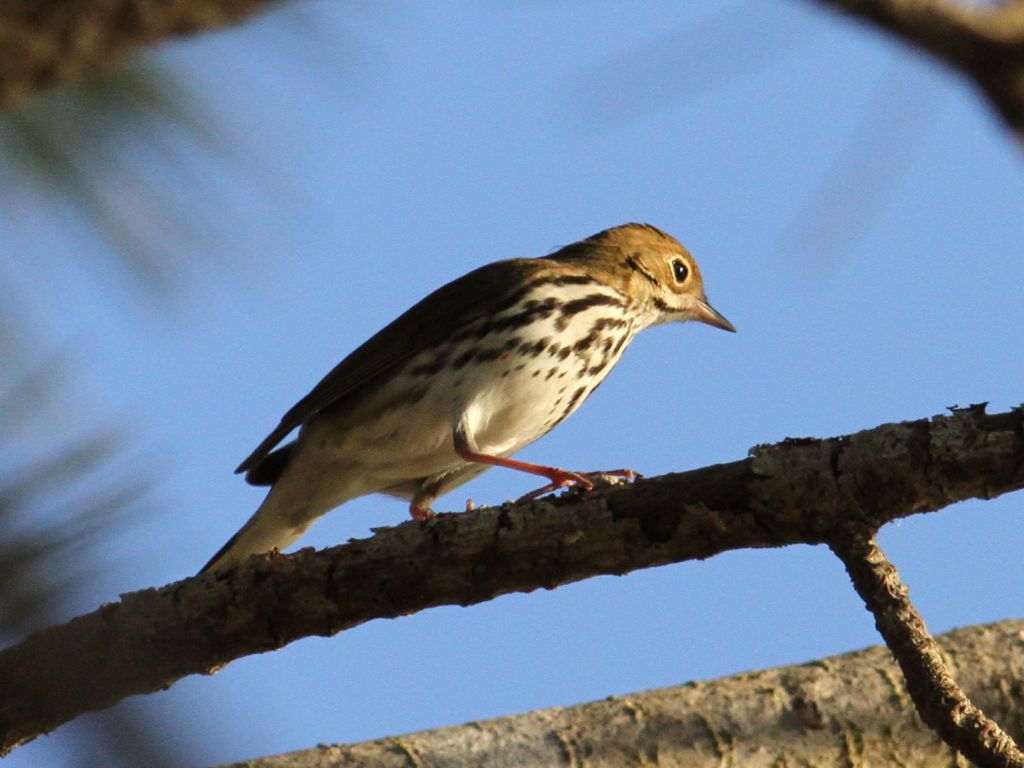[All photographs copyright, Gary Nunn 2013] – It is always nice when you set off birding and quickly run into a bird species you’ve always hankered after finding yourself. I’m the first to run after other people’s good birds but I think self-found birds are so much more satisfying! I was only talking about this exact species the other day, and there it is, a Yellow-green Vireo Vireo flavoviridis at Fort Rosecrans National Cemetery! I first located it around 7:30 am and it was seen on-and-off until at least 12:30 pm allowing many people, including a large birding tour group from England, to obtain looks as it fed in the Ficus tree. This bird is almost a year to the day since Sue Smith discovered one here at the cemetery on 26 Sep 2012. I could hardly believe my good luck!
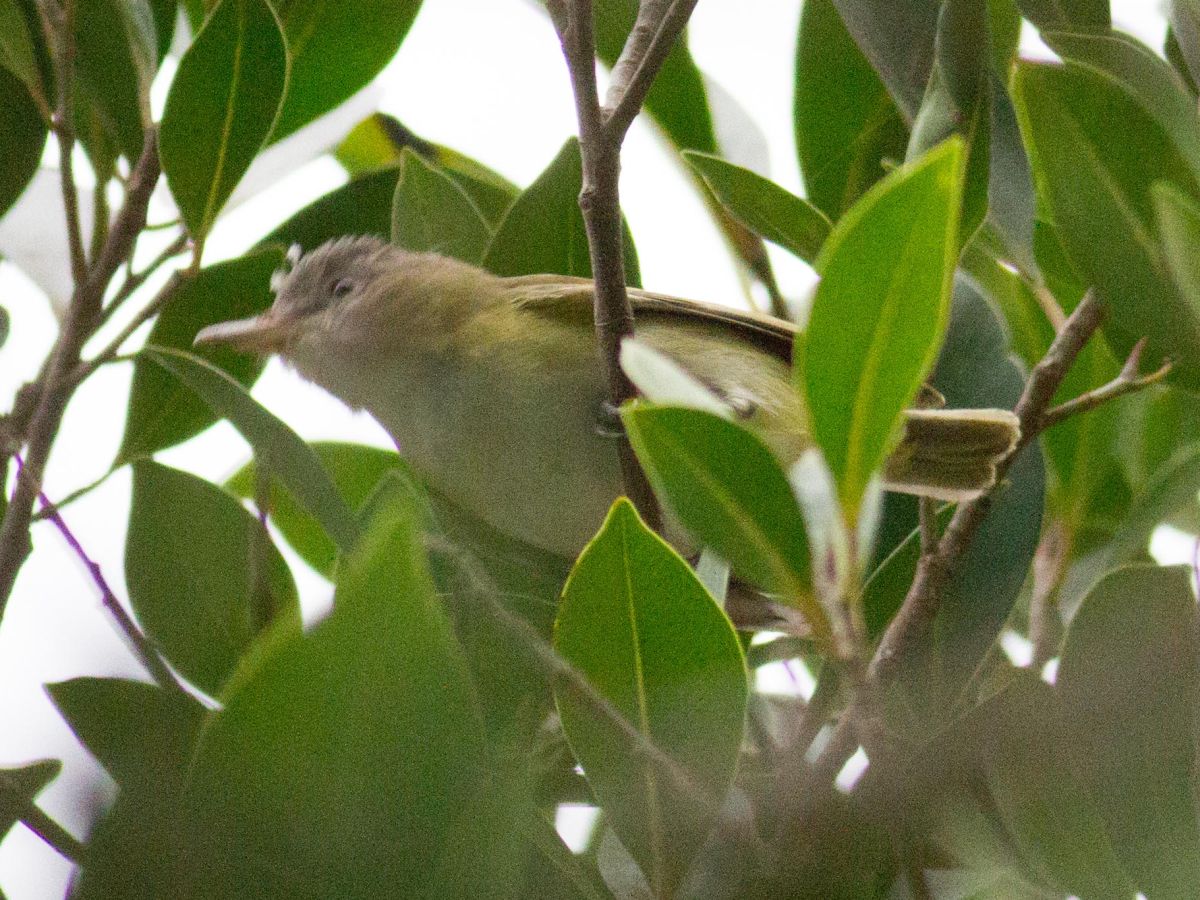
Yellow-green Vireo – Fort Rosecrans National Cemetery, Point Loma, San Diego 21 Sep 2013

Yellow-green Vireo – Fort Rosecrans National Cemetery, Point Loma, San Diego 21 Sep 2013
In spite of the muted early morning light, thanks to coastal marine layer clouds, you can still see nice bright yellow-green coloration on the undertail coverts and breast sides. It also shows off the paler grey crown coloration and darker penciled eyebrow above the indistinct supercilium. The bill is classic pinkish for this species with a few small greyish dark marks near the cutting edges. It seemed to like gulping down some of the berries on the Ficus tree and then retiring into the canopy for a while!

Yellow-green Vireo – Fort Rosecrans National Cemetery, Point Loma, San Diego 21 Sep 2013
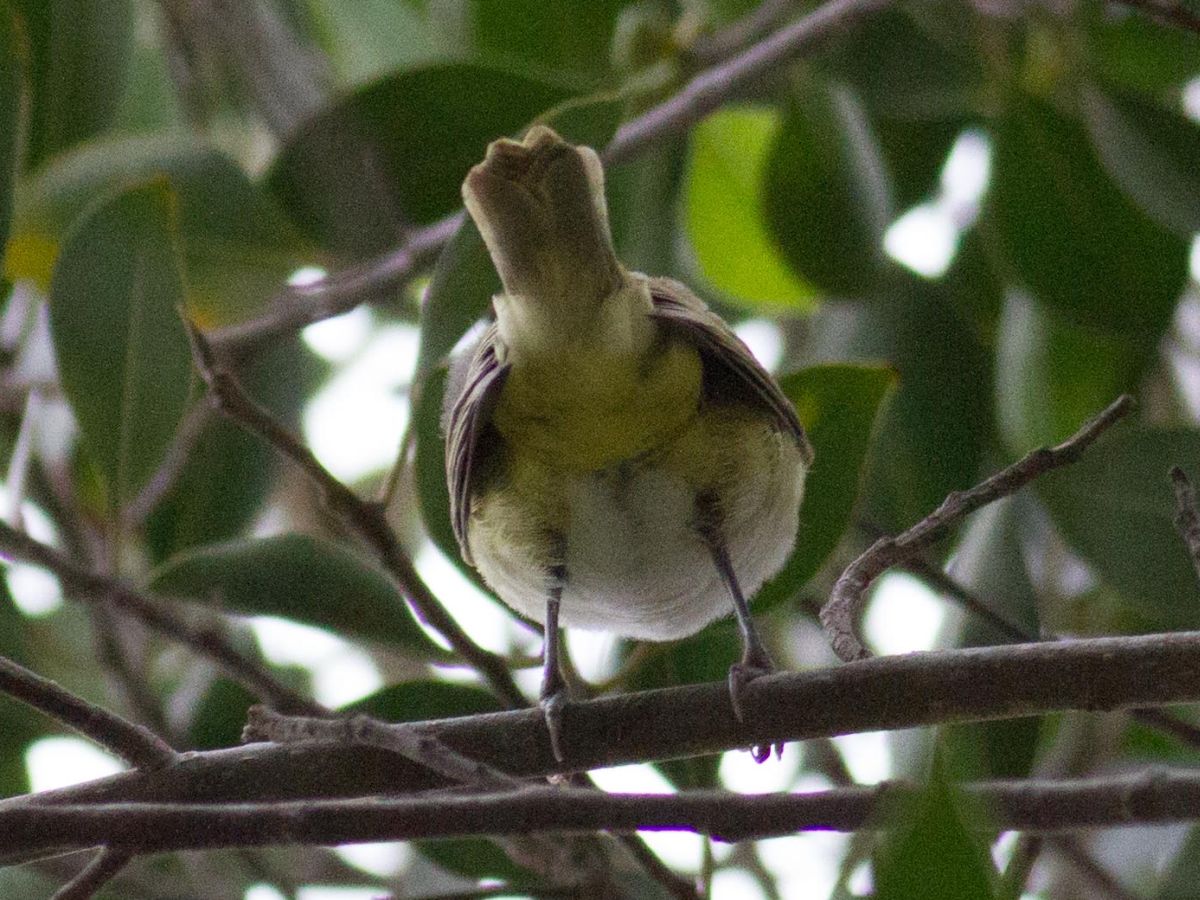
Yellow-green Vireo – Fort Rosecrans National Cemetery, Point Loma, San Diego 21 Sep 2013
I have been following this Tennessee Warbler around at the cemetery for a while now so was very happy to finally get some photographs. This is a nice brightly colored first fall individual with bright yellow suffused on the breast. It was traveling with a couple Orange-crowned Warblers and a Warbling Vireo. Viewed from below it shows a very short tail and long white undertail coverts giving the bird a compact appearance overhead. Should you be lucky enough to see the back it is a lovely rich green color!

Tennessee Warbler – Fort Rosecrans National Cemetery, Point Loma, San Diego 21 Sep 2013

Tennessee Warbler – Fort Rosecrans National Cemetery, Point Loma, San Diego 21 Sep 2013
The haul of eastern warblers continued when Jim Roberts reported a very spic-and-span looking Chestnut-sided Warbler also at the cemetery. Luckily I ran into it picking over low open boughs of a big Ficus tree where I got some nice photographs. The yellow patches on the rear flank behind and above the leg can be clearly seen in this photograph.
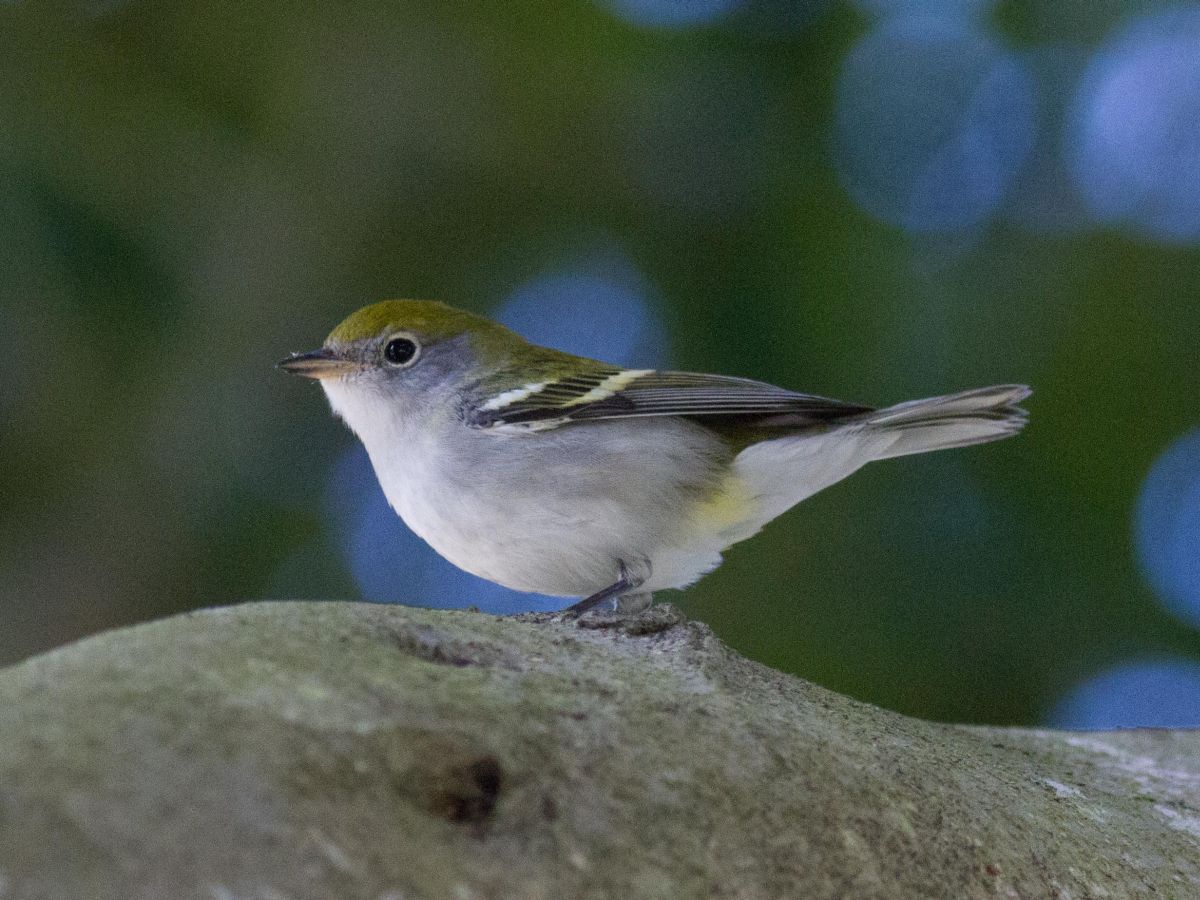
Chestnut-sided Warbler – Fort Rosecrans National Cemetery, Point Loma, San Diego 21 Sep 2013
Finally after watching over flocks of endless Chipping Sparrows out jumped this bright buffy colored Clay-colored Sparrow. I think in this plumage they are quite easily told from Chipping Sparrows showing off its buffy-suffused breast sides and dark malar stripes which create a well defined white throat.

Clay-colored Sparrow – Fort Rosecrans National Cemetery, Point Loma, San Diego 21 Sep 2013

Clay-colored Sparrow – Fort Rosecrans National Cemetery, Point Loma, San Diego 21 Sep 2013

Clay-colored Sparrow – Fort Rosecrans National Cemetery, Point Loma, San Diego 21 Sep 2013

